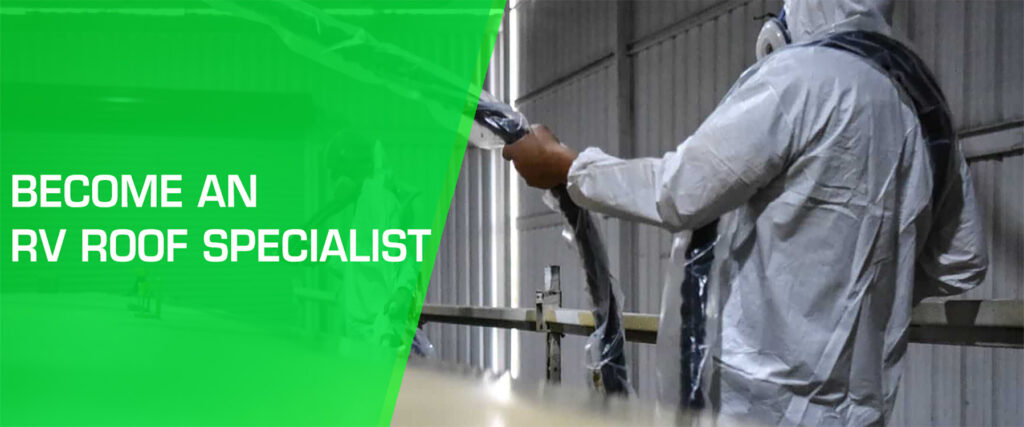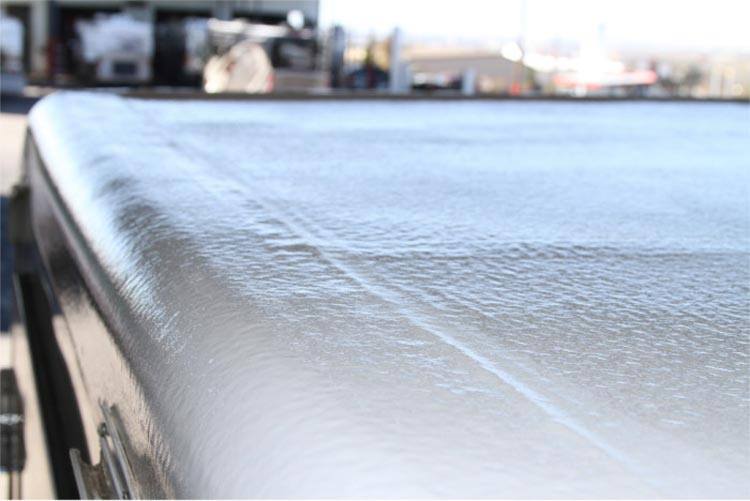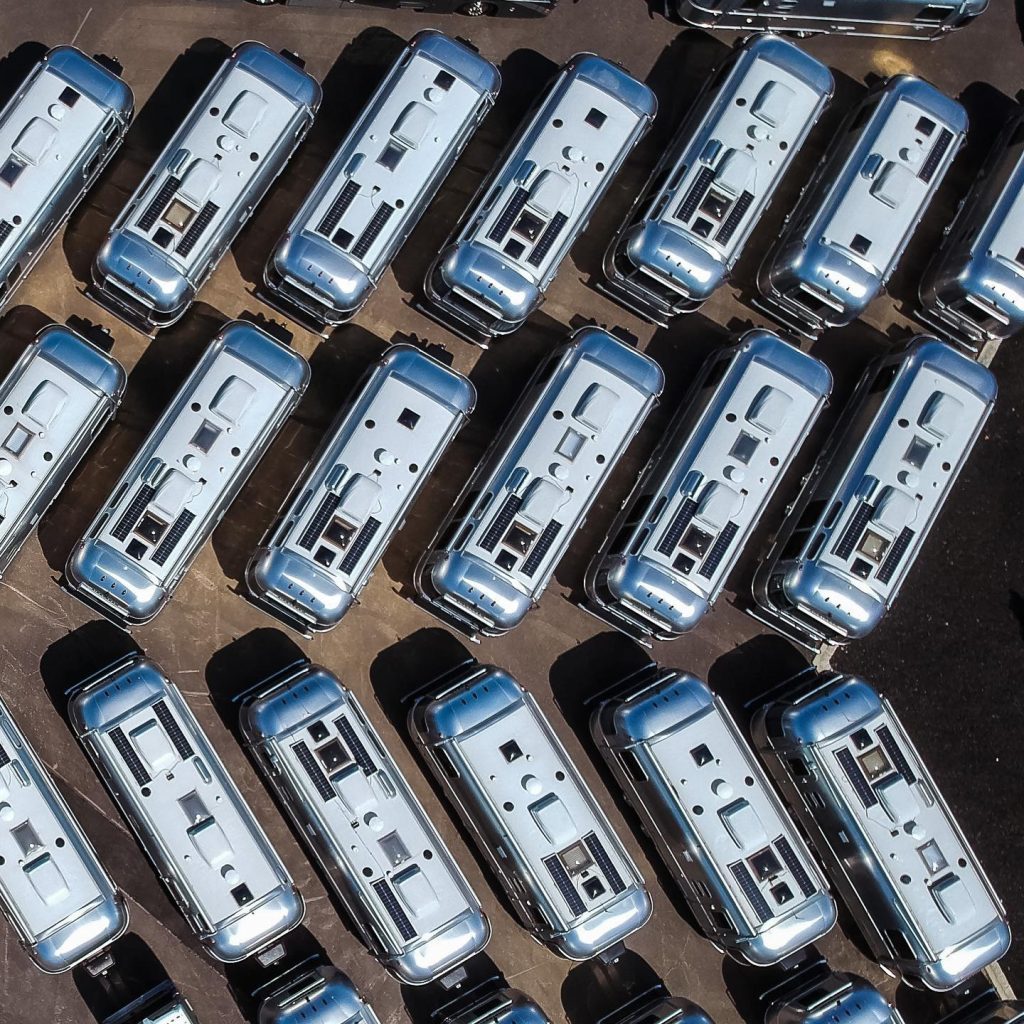
If you’ve purchased an RV, you need to protect the roof. While the majority of RV roofs can be protected with a simple coat of polyurethane paint, the following are some important tips to remember:. Using the correct protective coating will help prevent rust on your RV’s roof, and can be applied easily. The following are three of the most common products to protect your RV roof. Use one or all of them for maximum protection.
Rubber is the most common type of roof on RVs. Therefore, you’ll need a roof sealant that adheres to rubber without corroding. All-purpose sealants are compatible with most materials, but be sure to choose one that is non-corrosive and flexible. Flexible sealants must elongate and contract with the surface to which they are applied. The final step is to choose an RV roof sealant that is strong enough to withstand the rigors of RV travel.
Seamless coatings are one of the best ways to protect your RV roof from water. They are easy to apply and last for a long time, making them a good choice for a wide variety of roof types. They also create a chemical bond that won’t require frequent reapplication. Once applied, these products are quick and easy to remove. They also provide a uniform coating. A seamless application means you won’t need to reapply them often, increasing your trailer’s lifespan.
The next step is to check the seals on your RV’s roof regularly. If they’re damaged, it could lead to leaks in the future. Be sure to inspect them regularly for cracks, surface damage, and damage. Even a tiny crack can lead to serious leakage or, even worse, a complete breakdown. It is, therefore, imperative to keep your RV roof in good condition at all times. Take the time to maintain it.
A reflective coating is another effective way to protect your RV roof from extreme weather conditions. Reflective coatings have been known to reflect over 90% of the Sun’s rays, making them effective in protecting your RV from the sun’s damaging rays. They also resist moisture, which reduces the temperature inside your RV. Those with a higher-end RV may find silicone to be a good investment. This protective coating can also help seal up any holes in the roof.
Liquid rubber sealants are another option for RV roof protection. This solution is non-toxic and flows easily into cracks and holes. This solution dries quickly, but stays flexible and won’t break down under weathering conditions. This product can be applied by pour or roll-on application, and some users complain that they have to apply two coats for complete protection. Another option is the Dicor Corporation’s RP-MRC-1 Elastomeric Coating. However, it is not designed for rubber roofs.
If you are looking for RV roof protection, consider adding RV Roof Protection Plus to your RV insurance policy. This special coverage will pay for the costs of repairs to your RV roof, as well as any other covered parts. The Progressive policy will also cover any damages to your tow vehicle. Depending on the type of RV, you may be able to save money on insurance by protecting your RV roof. It’s always a gamble when you purchase insurance.




